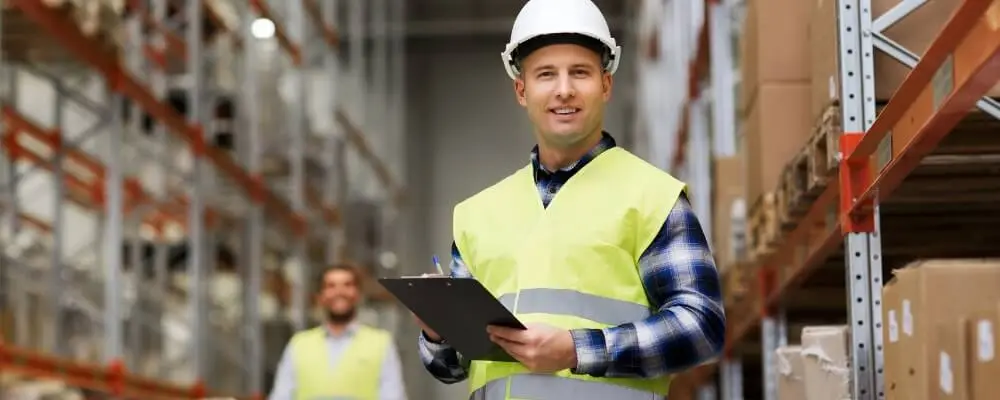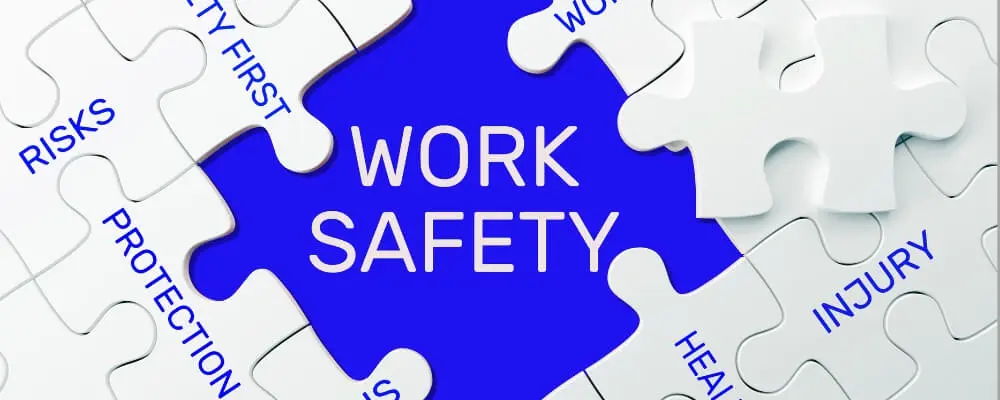In today’s dynamic and complex work environments, maintaining a steadfast focus on health and safety is a regulatory and moral imperative. Ensuring the well-being of employees, stakeholders, and communities is the hallmark of a responsible and progressive organization. But what foundational elements define a truly excellent health and safety system? While the specifics may vary across industries and geographies, certain core components remain universally relevant.
This blog will delve deep into the “10 Core Components of Health and Safety Excellence,” offering insights and explanations that underscore their significance. From leadership’s unwavering commitment to the intricacies of regulatory compliance, this guide aims to provide a comprehensive overview, helping businesses chart a path to a safer and more productive future.
10 Core Components Of Health And Safety Excellence
The core components of health and safety excellence can vary based on industry, region, and the specific focus of an organization. However, based on common best practices and standards, here are ten core components that are universally recognized:

1. Leadership and Commitment
The foundation of any successful health and safety program is rooted in the commitment of its leadership. Senior management’s belief in safety as a top priority allocates necessary resources and fosters a culture where safety becomes an intrinsic value. This commitment is often evidenced by developing and communicating a clear vision for safety that resonates throughout the organization.
Additionally, leaders leading by example demonstrate to the workforce that safety isn’t just a theoretical priority but a daily practice, creating trust and encouraging everyone to prioritize safety in their respective roles.
2. Risk Management
At the heart of health and safety is the principle of risk management. It is a proactive approach that identifies potential hazards before they become real threats. Organizations can determine the likelihood and impact of these hazards by regularly assessing risks associated with various tasks, processes, or equipment.
Through systematic hazard analysis, companies can rank risks and develop strategies to mitigate them by reducing the likelihood of occurrence, minimizing the impact, or, ideally, eliminating the hazard altogether. This continuous process is essential for adapting to changes and promptly identifying and addressing new risks.
3. Training and Competence
Knowledge is the first line of defense against accidents and incidents. Therefore, it is vital to ensure that all individuals in an organization, be they employees, contractors, or visitors, are equipped with the necessary information. Training programs should be comprehensive, addressing general safety principles and specific hazards related to an individual’s role.
But beyond imparting knowledge, training should also aim to enhance competence, ensuring that individuals know what to do and can effectively apply this knowledge in real-world situations. Such training ensures a consistent understanding and approach to managing risks across the organization.
4. Communication and Engagement
In the dynamic environment of most workplaces, open communication becomes a cornerstone of effective safety management. Open channels encourage feedback from the ground level, often the first to identify potential new hazards. Organizations benefit from a wealth of frontline information by fostering an environment where workers feel comfortable reporting hazards, near misses, or incidents.
This open dialogue ensures the workforce is engaged and feels a part of the safety process. Furthermore, by ensuring that there are no repercussions for honest reporting, organizations encourage transparency, which can be critical in identifying and rectifying potential issues before they escalate.

5. Emergency Preparedness and Response
Despite the best efforts and protocols, emergencies can and do happen. Whether natural disasters, fires, chemical spills, or major accidents, organizations must be prepared to respond swiftly and effectively. A well-defined emergency response plan, tailored to the organization’s specific risks, ensures a clear protocol for an unforeseen incident.
By regularly testing these protocols through drills and exercises, organizations can identify gaps, ensure that all employees know their roles during emergencies, and minimize potential harm when every second counts.
6. Performance Measurement
In any structured system, it’s essential to track progress and performance. By regularly conducting audits, inspections, and reviews, organizations can gauge how well their health and safety protocols align with established standards. This process isn’t just about finding faults and identifying areas of excellence that can be modeled elsewhere.
Key Performance Indicators (KPIs) are quantifiable health and safety outcomes metrics. By tracking these KPIs, organizations can measure trends over time, ensuring that they are moving in the right direction and can adjust strategies when they’re not achieving the desired results.
7. Incident Investigation and Analysis
Incidents, while unfortunate, offer a unique opportunity to learn and adapt. Every incident provides a snapshot of where the system faltered. Investigating these incidents to pinpoint the root causes, rather than just superficial reasons, provides insights into systemic weaknesses. A thorough analysis ensures the organization treats symptoms and addresses the underlying issues.
Once the cause is identified, the organization should openly communicate its findings. This transparency educates the workforce and reinforces the company’s commitment to safety and continuous learning.
8. Continuous Improvement
The dynamic nature of industries, technologies, and processes means that what works today might be outdated tomorrow. Hence, health and safety systems need to adapt and evolve. This evolution is grounded in the principle of continuous improvement. It’s not enough to establish protocols and forget them.
Regular reviews ensure the safety systems keep pace with organizational and industry changes. The safety system becomes more resilient, robust, and relevant by incorporating feedback from various sources, especially lessons from incidents and near misses.

9. Safety Culture and Behavior
Beyond protocols and processes lies the human element, often the most variable and critical component of any safety system. Cultivating a safety culture means embedding safety values into the organization’s fabric. When safety becomes second nature, individuals act safely not because they have to but because they believe in its importance.
A focus on behavior-based safety further refines this approach. It recognizes that individual behaviors, habits, and choices significantly affect safety outcomes. Organizations can drive a more profound and lasting commitment to safety by understanding and guiding these behaviors.
10. Legal and Regulatory Compliance
Operating within the confines of the law isn’t just about avoiding penalties; it’s about upholding a commitment to the well-being of employees, stakeholders, and the community. Local, regional, and national laws and regulations provide a framework for what’s acceptable and expected regarding health and safety.
Ensuring compliance means regularly reviewing operations against these standards. But given the ever-evolving nature of regulations, staying abreast of any changes is equally crucial. By proactively adapting to new or amended regulations, organizations demonstrate respect for the law and an unwavering commitment to the highest safety standards.
Conclusion
In the intricate tapestry of organizational operations, health, and safety stand out as threads of utmost significance. The “10 Core Components of Health and Safety Excellence” serve as pillars that uphold the integrity and resilience of any institution committed to the well-being of its people. By understanding and implementing these core tenets, organizations fulfill regulatory obligations and underscore their moral commitment to employees, stakeholders, and the broader community.
In an era where the true value of a business is often judged by its adherence to ethical and safety standards, these components are the touchstones of excellence. To truly thrive in today’s complex landscape, businesses must recognize that safety isn’t just a checklist but a culture, a mindset, and a collective responsibility. By embracing these components with dedication and vigilance, we pave the way for a safer, more accountable, and ultimately, more prosperous future.

